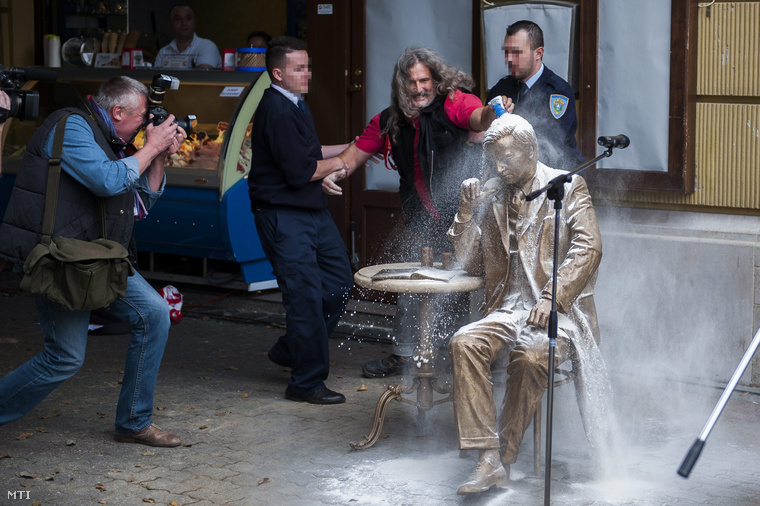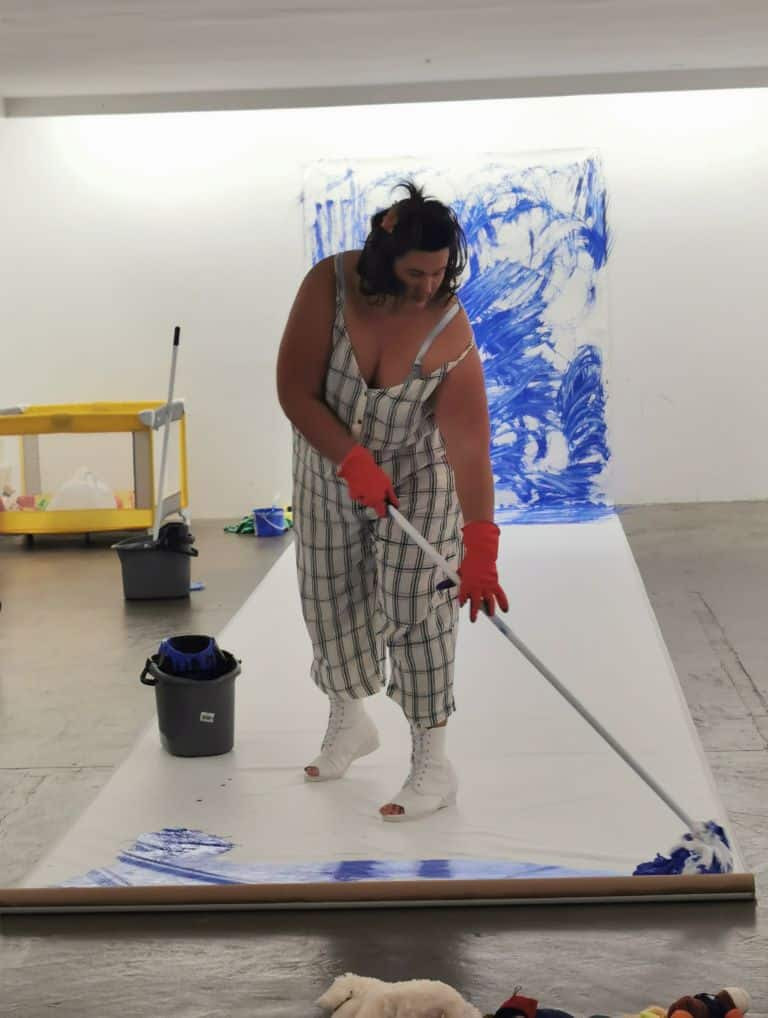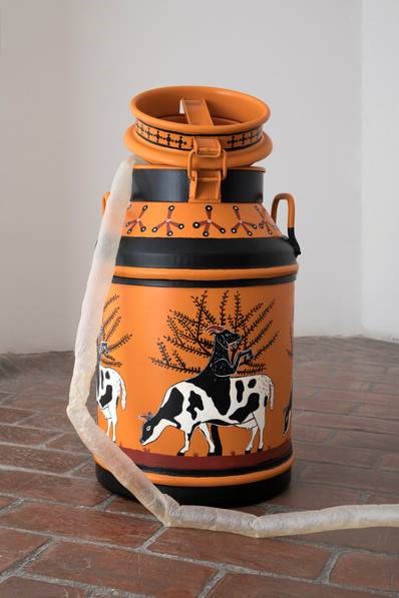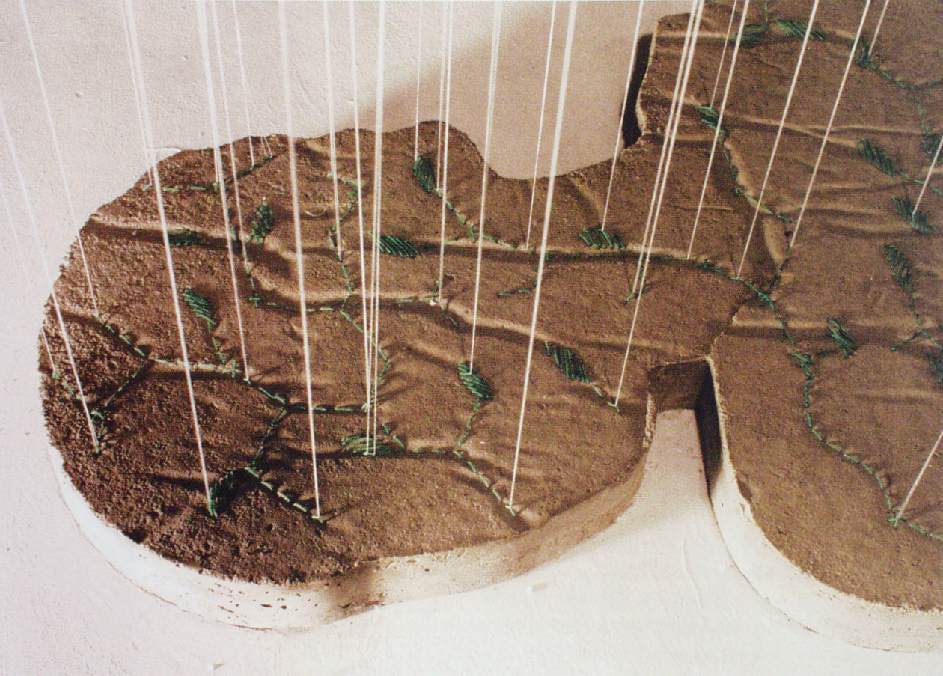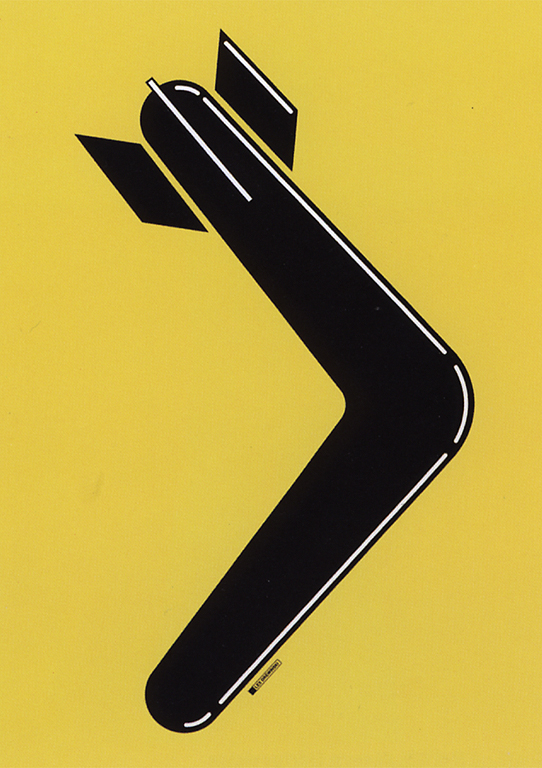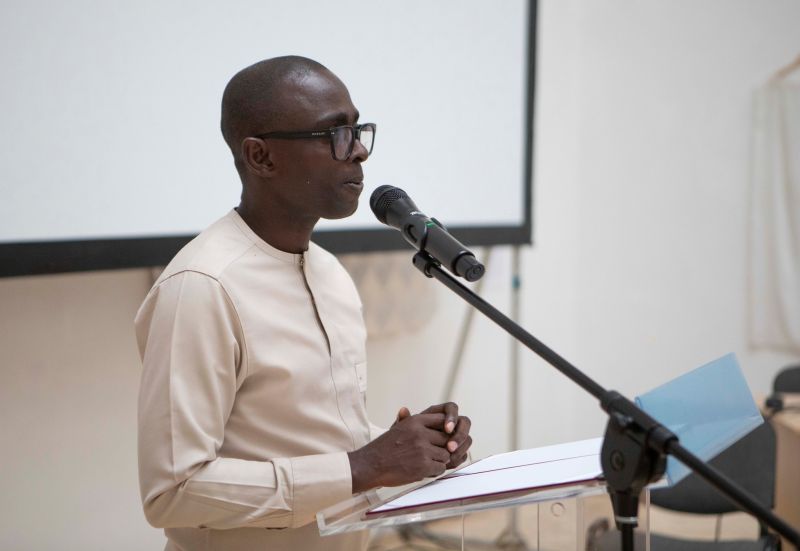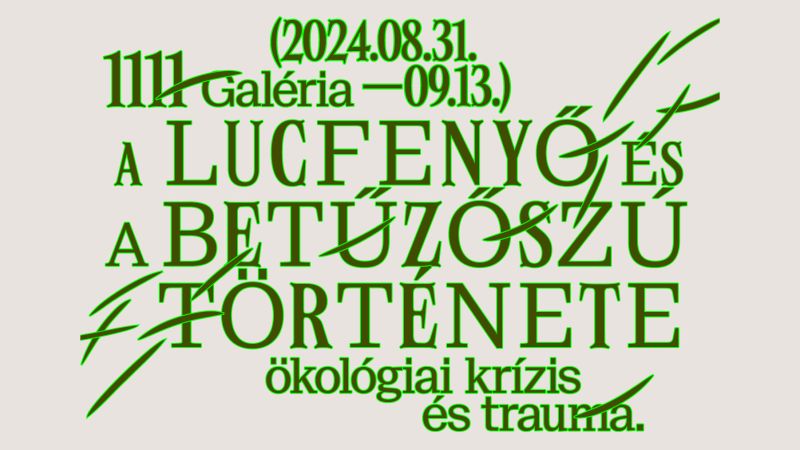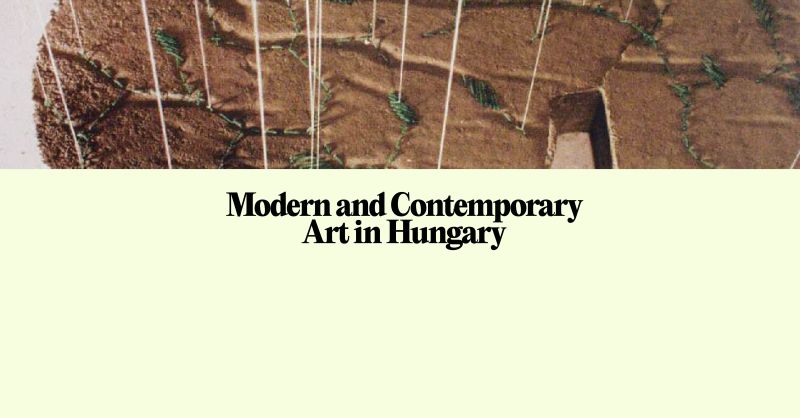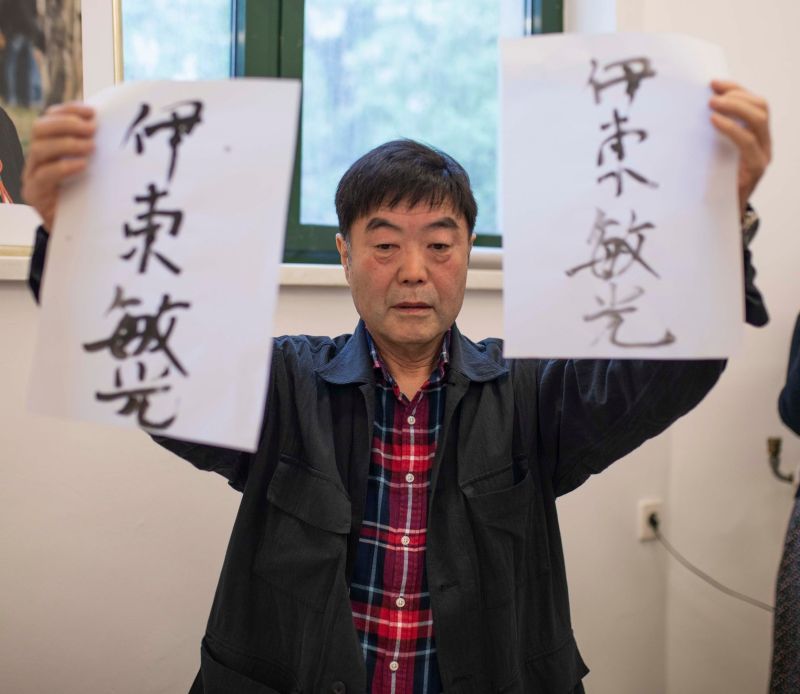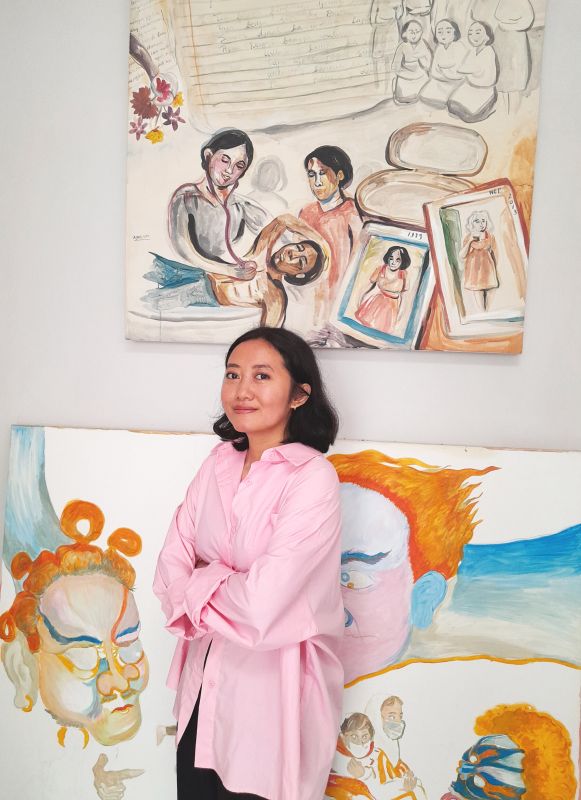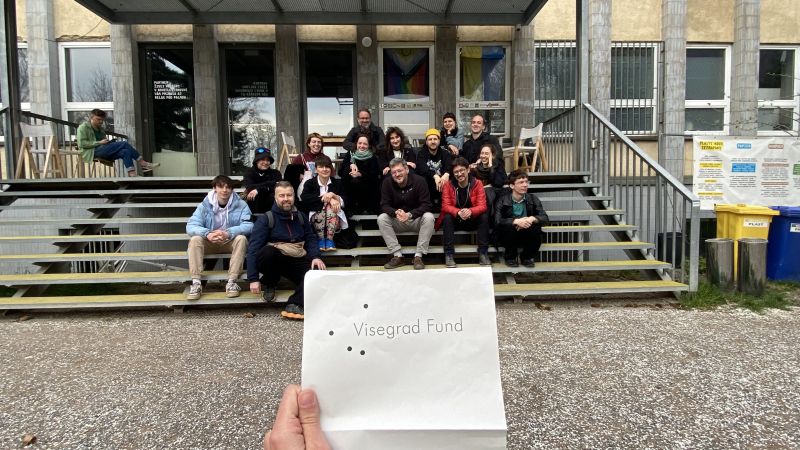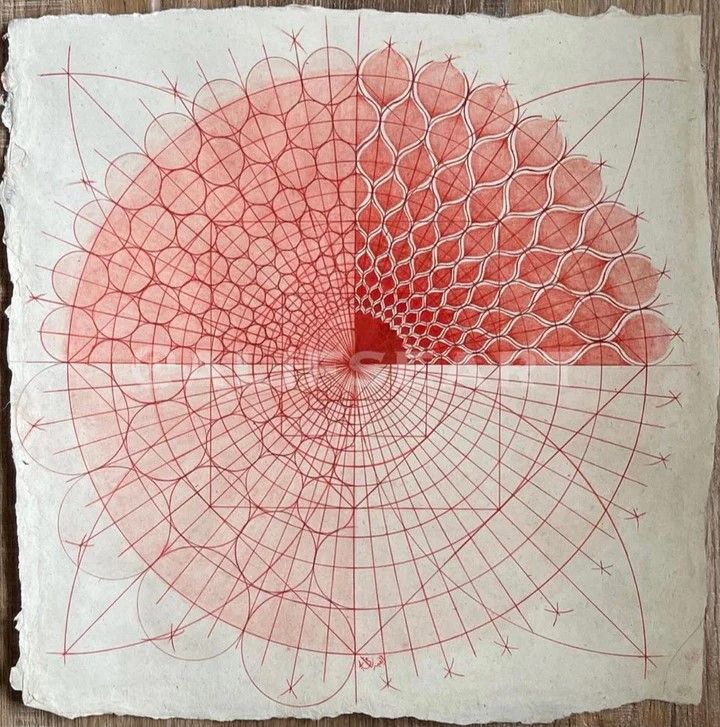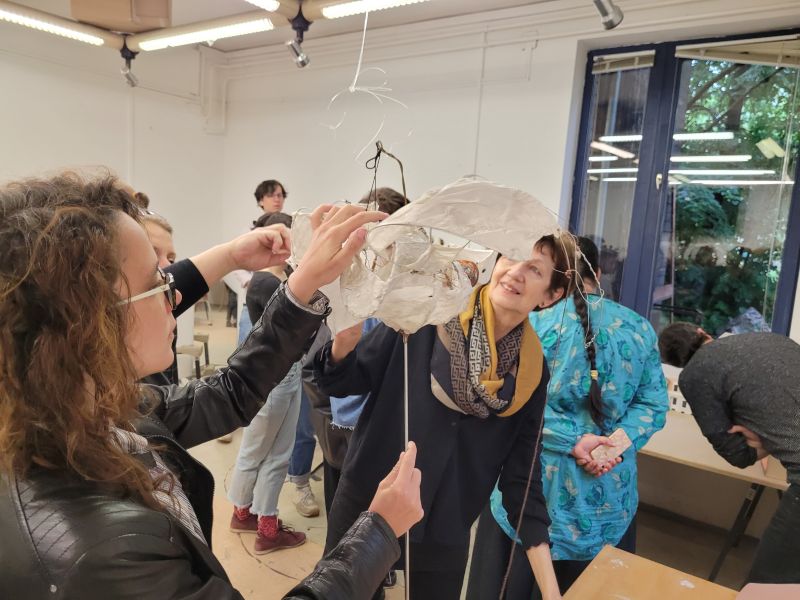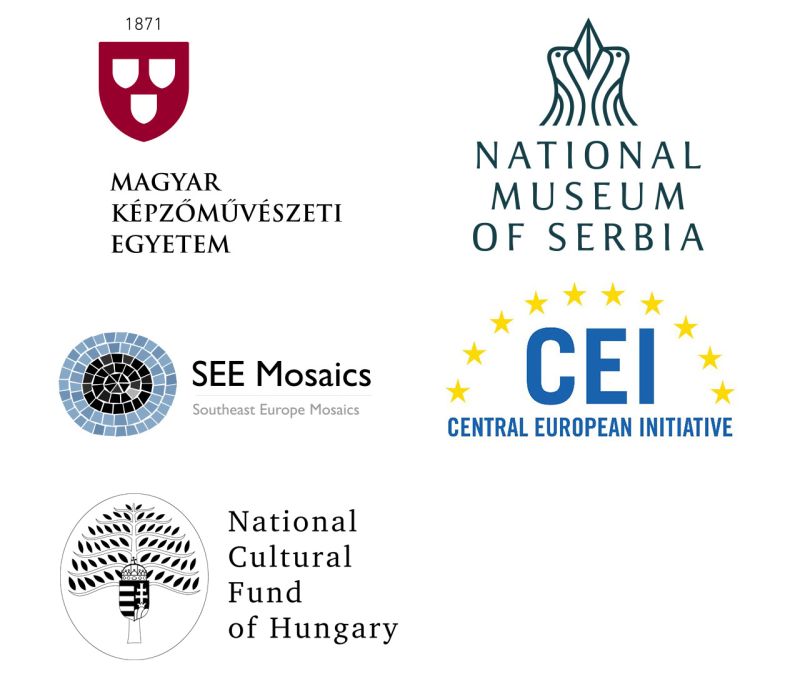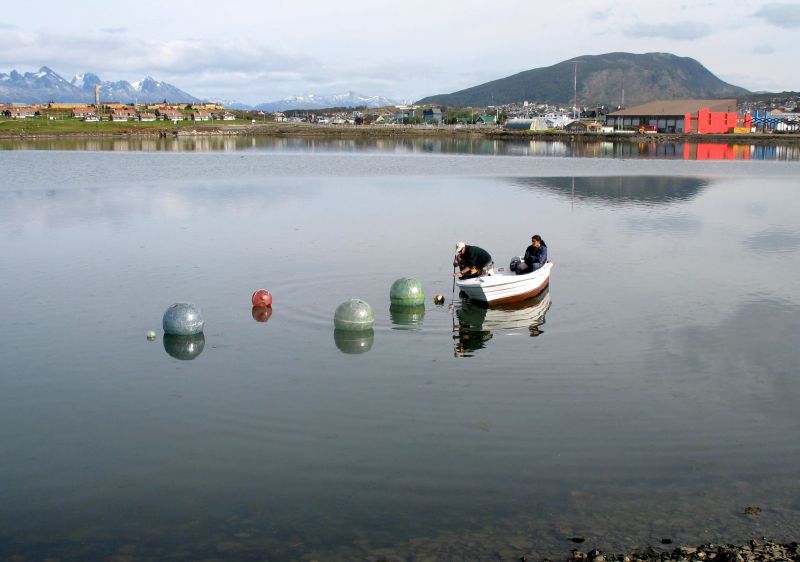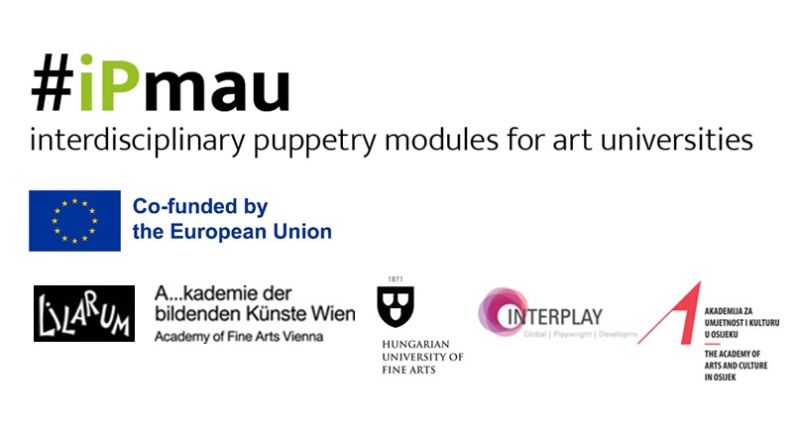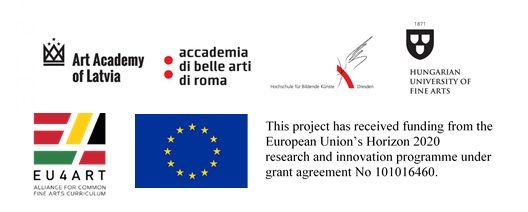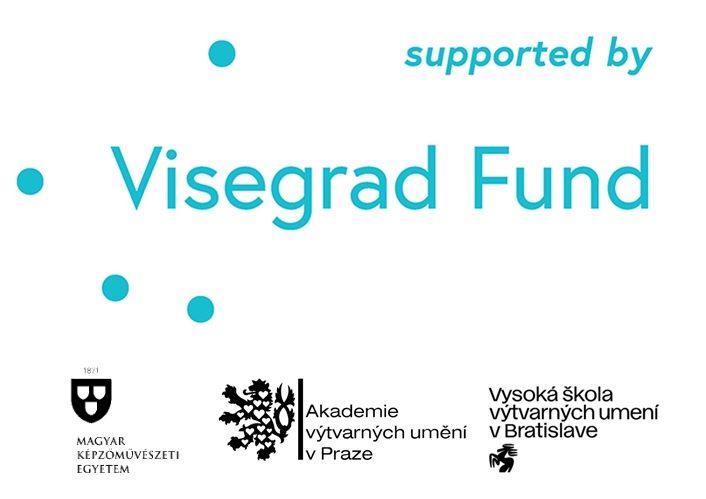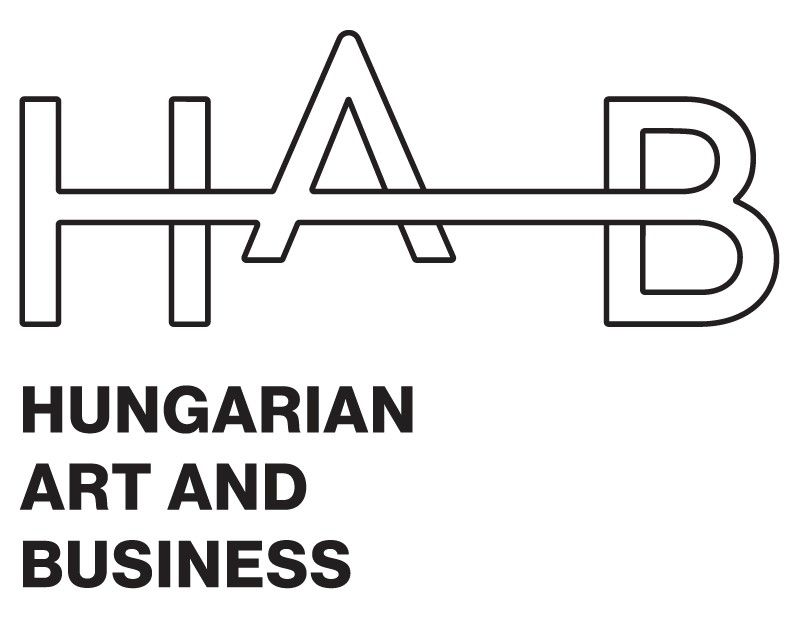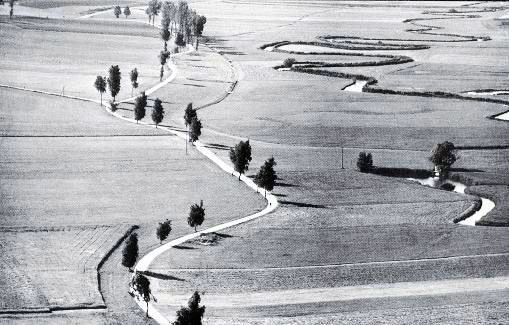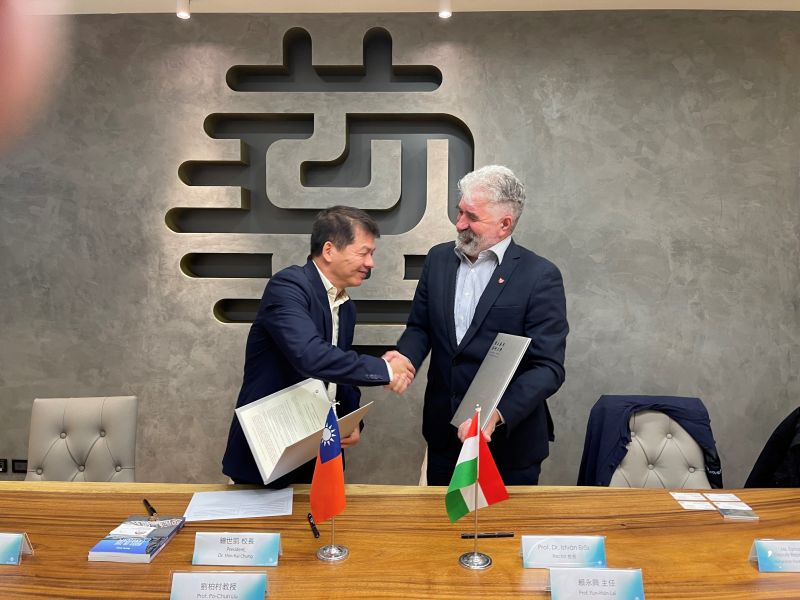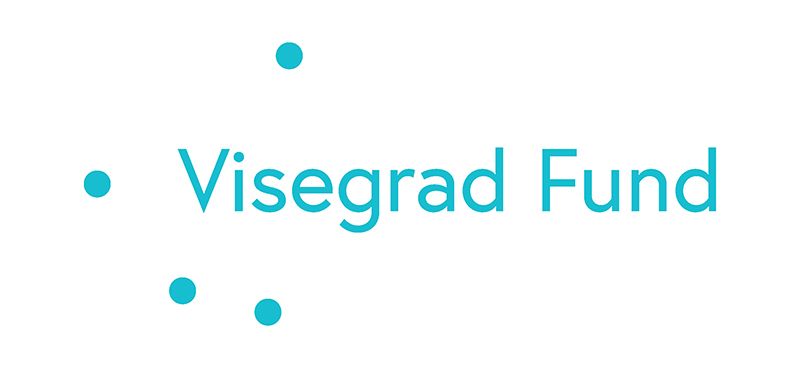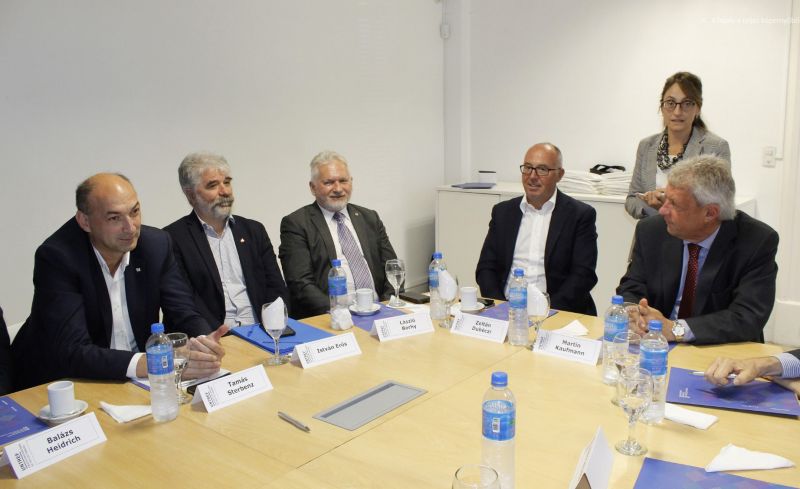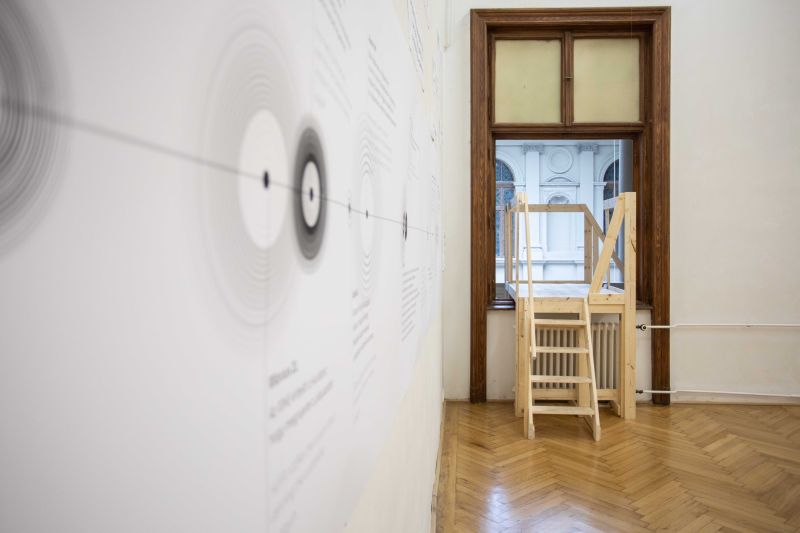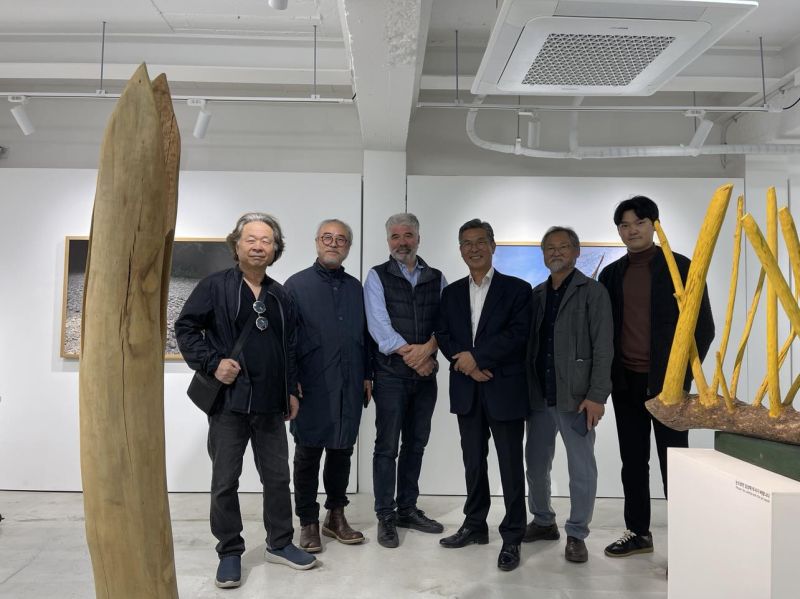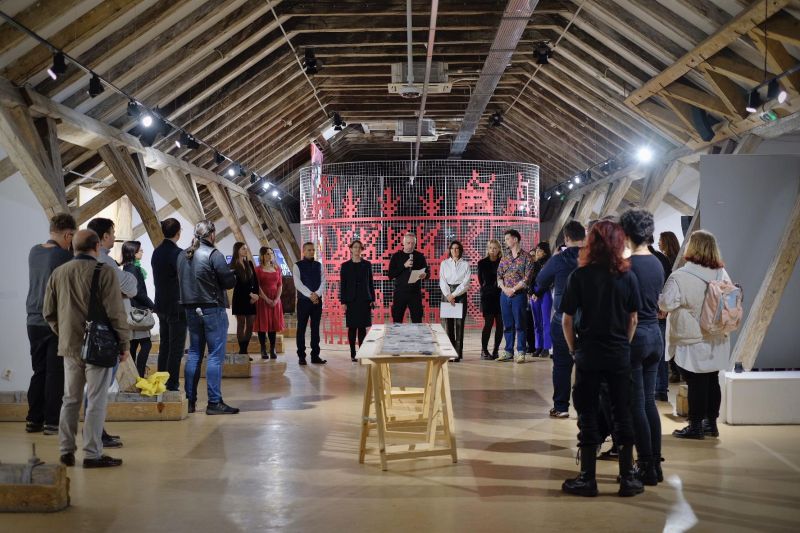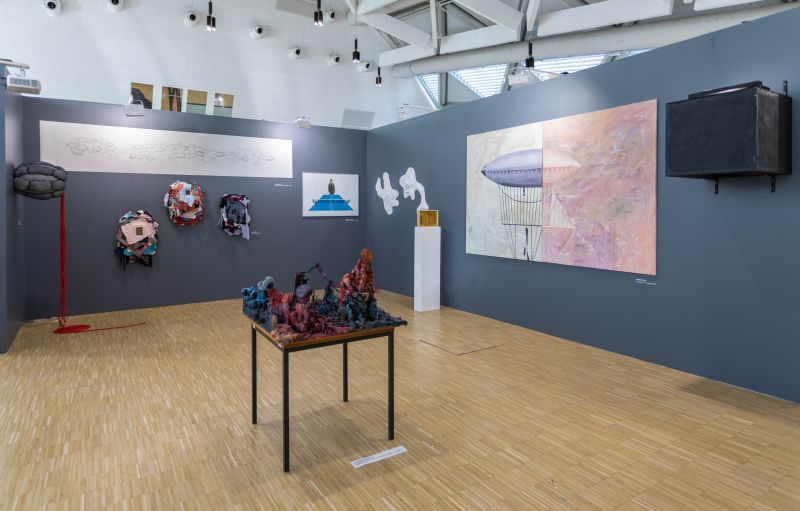Modern and Contemporary Art in Hungary
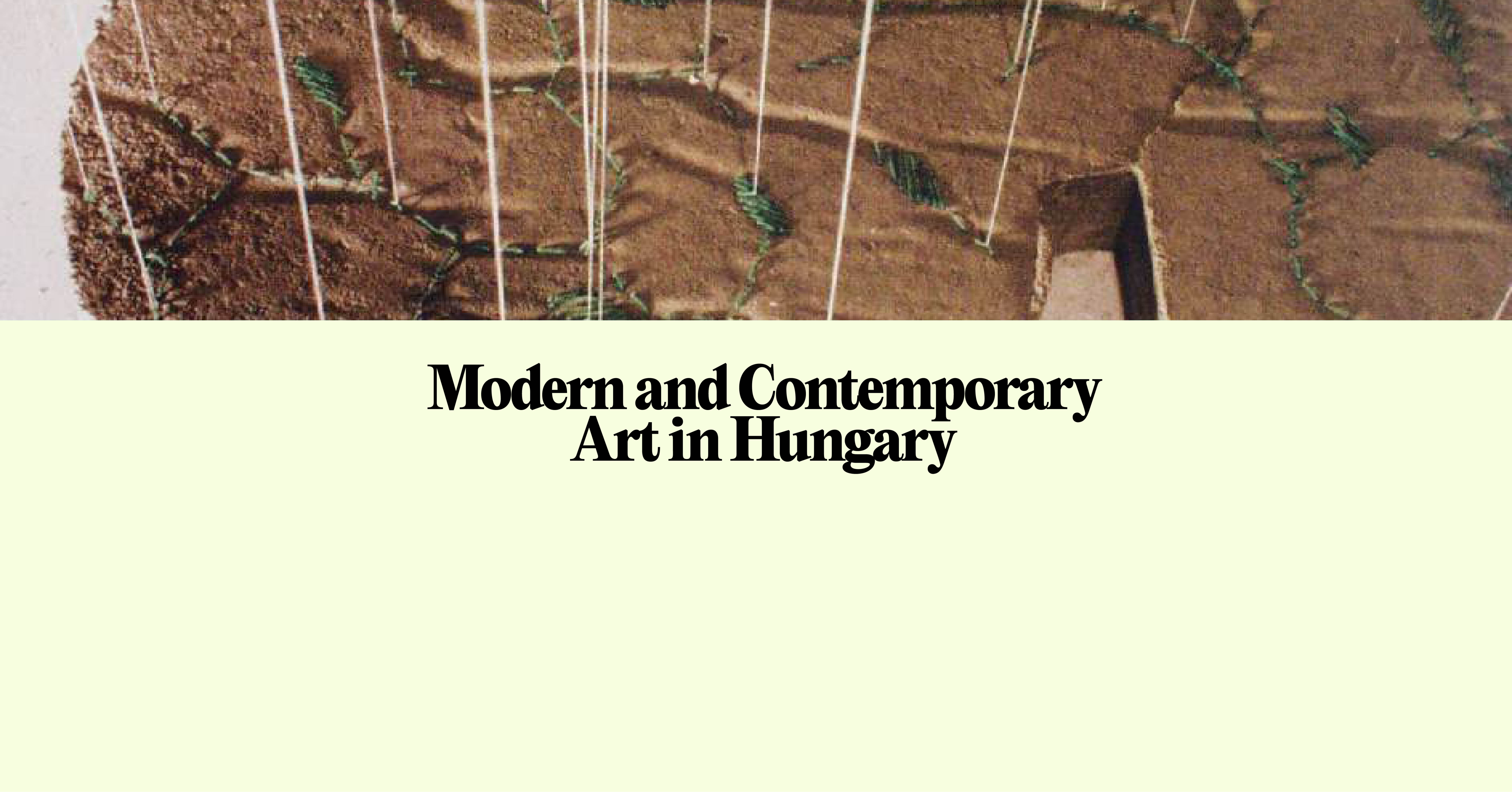
Modern and Contemporary Art in Hungary
The University of Fine Arts of Hungary announces an English-language Open University course on Modern and Contemporary Hungarian Art.
The university continues its highly successful course on contemporary art, this time also in English.
The themes of the eleven lectures reflect the phenomena of 20th-21st century Hungarian art, in different approaches. During the weekly 90-minute presentations professors of the university present the most prominent and significant Hungarian artists, trends and tendencies with a wide range of images.
The course will cover contemporary movements in painting and fine art, such as neo-figural painting, gender-art-work, cuetism, nature art or post-humanism, but there will also be a separate lecture on the important examples of contemporary Hungarian public sculpture and the most modern trends in visual art theory.
Lectures will also reveal the current issues facing the youngest generation of artists. The first, introductory lecture is inspired by the venue of all the lectures: the Neo-Renaissance Palace of the University of Fine Arts. You will enjoy a tour in the building, including frescoes painted by Károly Lotz in 1877 and a close-up look at the university's collection of graphic art.
Through these lectures you will feel more at home in contemporary Hungarian galleries and museums, you get a better understanding of the works on display. The art-loving audience will attend academic talks and presentations given by experts of the field.
One aim of the course is to help the international audience to find their way around contemporary artworks/artists/trends in Hungary. We welcome everyone - regardless of age, educational background and nationality - interested in art history and who would like to learn about Hungarian art of the 20th-21st centuries in English.
Lectures take place at the Hungarian University of Fine Arts, 6th district Budapest, Andrássy Avenue 69-71.
Timing: 1 semester (11 sessions), i.e. from 26th September to 5th December 2024, Thursdays from 18:30 to 20:00.
First lecture: 26 September 2024.
Participation fee: HUF 90.000 by the first lecture (or divided to 2x HUF 47.500)
Application: please return the application form by 20th September 2024 to tanfolyam@mke.hu
Program:
Bojtos Anikó: Teaching through great examples – the 152 years old Hungarian University of Fine Arts, its buildings and collections
The Hungarian University of Fine Arts established in 1871 is the oldest higher-educational institution dedicated to the teaching of fine arts in Hungary. During a short guided tour we’re going to visit its neo-renaissance buildings, and we’re going to get an overview about the rich historical heritage of the school as well as its unique collection of rare books and fascinating artworks.
Patrick Taylor: The Latest Chapters of Figuration in Hungary
During the presentation, I will introduce some of the precursors and international contemporaries of the young Hungarian generation moving the discussion on figuration forwards. In recent years figuration has re-emerged through the filters of New Figuration, Neo-Surrealism, Cuteism and Bad Painting, recycling a range of influences, establishing commonly understood, but independently developed artistic positions. The presentation will provide a strong focus on painting.
Patrick Taylor: The Painter's Painte
What makes a particular painter interesting for other painters? How do painters highlight the best artistic gestures in the field? During the presentation, I will seek answers to these questions relying on examples that have proved to be influential in the Hungarian art scene. The presentation will focus on the act of selecting and marketing the talent in the discipline, looking at further issues such as technical proficiency and painterly inventiveness.
Csaba Filp: Introduction to Imre Mariann’s art
Imre Mariann is one of the most exciting Hungarian artists working with installations in the 1990s, who approaches the neo-conceptual issues of absence and trace not only with formally reductive paintings, but also with a specific use of and sensitivity to materials. The “sewn”, “embroidered” concrete that has become her trademark is based on the contrast between different material qualities, on the opposition between organic and industrial, hard and soft.
István Erős: Nature Art
The Western man of the 21st century will have to transform his ideals and values radically. We are living in an era of the birth of new ideologies based on proposals for solutions to the new challenges of the new millennium. How do we respond to the consequences of globalisation affecting our daily lives? How close do we allow ourselves to get to other cultures? How do we imagine cultures living side by side? How important is it for us to preserve our natural environment? What are we willing to give up for it? These are the questions that people today are seeking answers to. More and more of them feel the need to develop a new system of ideas that abandons the idea of continuous economic growth, places themselves in a more distant perspective, and sets out a meaningful vision for the future.
The rise of public, street, and environmental art illustrates this aspiration by artists already emerging from the gallery system.
Artists working in the natural environment resonate with the same general desire for social betterment, only they leave the aggressive reordering of the world to engineers in urban centres and are content with small gestures far from the organised playing field of cultural politics. In the face of growing ecological problems, nature art is just as relevant and socially engaged a form of artistic expression as the activist art flourishing today in response to social phenomena.
Ábel Kotormán: Problems and Opportunities in Hungarian Public Sculpture
Looking at Hungarian public sculpture, a confused and question-marked picture emerges. A review of the events of the last decade reveals various public space anomalies, the rise of poor quality and kitsch, the expropriation of public space and public art scandals. In my presentation, I will group public space works according to their function and their different or similar characteristics. I will present the current problems of public sculpture in the following way, using a typical examples: memorial sculpture, statue reconstruction, autonomous sculpture in public space, public art, genre sculpture, religious sculpture, sculpture parks, monument sculpture.
Lelkes László: Visual Toolset, Creative Visual Strategies
Artists and designers are one thing in common. Both need a well selected visual strategy so that their message gets through. The artworks they make are the carrier of intended and sometimes non-intended or just hidden messages alike. We try to analyse a number of different artworks and we will see the meaningful layers in their complexity. By getting acquainted with the visual toolset of a series of different artworks, students can have a deeper insight into the conscious creative process of purposeful image-making.
Lelkes László: The Most Democratic Retina Reward
One of the most important ambition of image making has always been to captivate the attention of the spectator.
The content, the subject matter may be selective in effect for the audiences. Nonetheless, can we find the common denominator that would make an image interesting and thus attractive to the widest public? Is this recipe to be found in any practical solution that may demolish all barriers between the viewers and the image when things will present themselves in artistic communication?
Some aspects of the Gestalt Theory, OpArt and even Impressionism may provide us with some clues to understand what 'dynamic interaction' means. We try to put some crucial elements of the perception of visual artworks under closer scrutiny in the course of our collective reasoning on the above topic.
László Lelkes: The Sovereignty of the Creative Mind Within the Given Framework of Social Expediency
Artistic creation has never been an end in itself. Visible or sometimes invisible determining factors drive the work of the creative mind. Meanwhile, however, independent will is also making its way.
Tünde Mariann Varga: Gender-Art-Work: Invisible Work and the Precariat in Contemporary Art
My presentation will show how the term “precariat” is intertwined with the concept of gendered invisible work after the 2008 economic crisis. The presentation focuses on how feminist or female artists address the issue or criticism of gendered or female work in art from the late 1960s to the present; how this representation evolves over time and the distinct variations present in Eastern-European, particularly in Hungarian socialist and post-socialist era.
Tünde Mariann Varga: From the Cyborg Manifesto to the Anthropocene, Chthulucene and Beyond: Contemporary Practices in Ecology and Posthumanism.
In the field of art, the question of more-than-human agency is not only a theoretical question: artistic practice approaches the problem in a practical way as well. Apart from calling attention to structural problems – irrational exploitation of resources, unsustainable industrial practices, mass extinction or displacement of species – artistic practice also focuses on providing possible means for imagining, re-designing, re-inventing sustainable forms of living. The presentation will show how international art frames more-than-human agency (fungi, microbiome, water) and how Hungarian young artists address the question in local or international terms.
